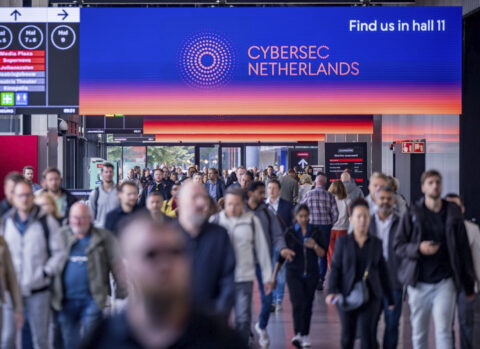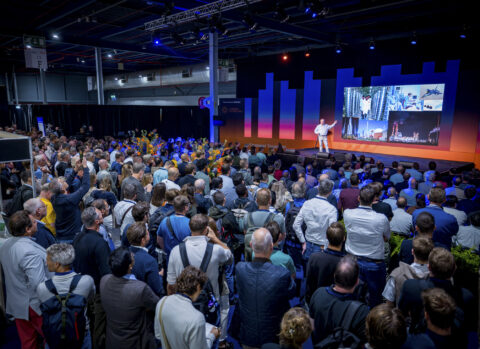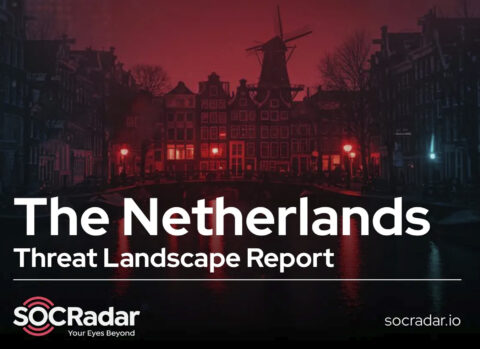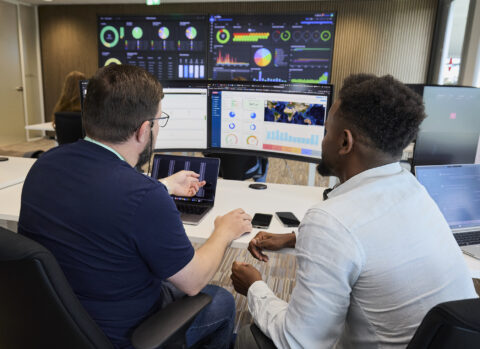Navigating IoT cybersecurity threats and trends
From smart homes to critical infrastructure, the Internet of Things (IoT) has become a catalyst for innovation and productivity. Yet, as devices become increasingly interconnected, new layers of complexity emerge, creating an ever-evolving landscape of cybersecurity threats. For global manufacturers at the forefront of IoT innovation, understanding and mitigating these risks is paramount.
The evolving threat landscape
Today’s cybersecurity threats are sophisticated and persistent. A primary concern in the IoT sector revolves around device vulnerabilities. Many IoT products still ship with default credentials or outdated firmware, leaving them exposed.
Pressing threats also include botnet exploitation, hijacking vulnerable devices for massive Distributed Denial of Service (DDoS) attacks, as demonstrated by the Mirai botnet, which caused worldwide disruption of critical online services. Moreover, the global nature of manufacturing exposes supply chain risks, where malicious code can be introduced at any stage of production. As a result, a single weak link has the potential to compromise entire networks and product lines.
While AI enhances threat detection and rapid response, attackers are also leveraging it to create sophisticated malware, automate large-scale attacks, and bypass traditional security measures. At the same time, physical access points, like unsecured debug interfaces, remain a critical concern, as they can be exploited to bypass even robust digital security measures.
Key cybersecurity trends
In response to these multifaceted threats, the industry is already taking significant steps to strengthen cybersecurity across the entire device lifecycle. This proactive approach is reinforced by policymakers, especially in the European Union, where new regulations such as the Cyber Resilience Act (CRA) are shaping the landscape by setting clear cybersecurity requirements for digital products.
Key trends reshaping how manufacturers secure their systems include:
- AI-driven threat detection is revolutionizing real-time monitoring and response, spotting anomalies faster and reducing attacker undetected operation windows.
- Zero Trust Architecture is gaining wider adoption, enforcing continuous authentication for every user and device. This is crucial for protecting both legacy systems and secure remote access.
- Security-by-Design is becoming ingrained in product development, embedding robust safeguards from the first stage to eliminate vulnerabilities like default credentials and unsecure debug interfaces.
- Widespread adoption of cloud and hybrid infrastructures demands standardized secure APIs and encrypted data flows, requiring fresh risk models and compliance strategies.
- Firmware integrity and supply chain security are top priorities, supported by increased penetration testing, CVE tracking, and rigorous scrutiny of third-party components.
- Human Firewall initiatives are training staff to recognize and respond to cyber threats and reducing the risk of breaches caused by human error.
Hikvision’s approach to cybersecurity
Hikvision addresses cybersecurity challenges through a proactive approach integrating prevention, detection, and response across all operations. We are constantly updating our practices on cybersecurity, in line with EU legislation, including the NIS2 Directive and the CRA.
Our “security-by-design” and “shift-left” approach embeds over 50 security controls into product development, including encrypted communication protocols, tamper-proof hardware, and role-based access controls. Prevention is reinforced through lifecycle management, employee training, and regular firmware updates.
To increase threat detection, we are leveraging AI for network behavior monitoring, and collaborate with independent firms like Rapid7 and Sertit to conduct penetration testing and achieve certifications such as Common Criteria. Additionally, Hikvision has established a dedicated CyberSafe Experience Center, which replicates real-world cyber threats to rigorously test product resilience.
When incidents occur, our Product Security Incident Response Team (PSIRT) quickly addresses vulnerabilities and issues patches. These efforts align with global frameworks, including ISO 27001, ISO 42001, and the EU’s NIS2 Directive, ensuring robust compliance and governance.
This holistic approach provides end-to-end protection, from development through deployment, while equipping customers with cybersecurity best practices such as network segmentation and multi-factor authentication.
Why events like Cybersec Netherlands matter
In this fast-paced environment, collaboration is essential. Events like Cybersec Netherlands are a vital platform for manufacturers, bringing industry leaders, researchers, and policymakers, and offering a unique opportunity to engage with innovations and regulatory shifts. By participating in such forums, IoT manufacturers stay ahead of emerging threats, align with international standards, and collectively build a more secure, resilient digital ecosystem.
To explore these insights further and discuss how to enhance cybersecurity in your operations, join us at our booth 11.E065 at Cybersec Netherlands.
Register for free for Cybersec Netherlands 2025
As cyber attacks continue to threaten today’s tech landscape, this event is the premier platform for seasoned cyber security professionals and innovative start-ups to exchange knowledge and tackle cybersecurity challenges together. Organizations across all sectors will discover strategies to boost cyber resilience and safeguard critical assets. Don’t miss this chance to strengthen your cyber defenses.
Simultaneously with Cybersec Netherlands, the Data Expo takes place in Hall 12—the perfect spot for additional knowledge, insights, and inspiration in the field of data.












